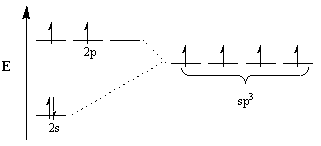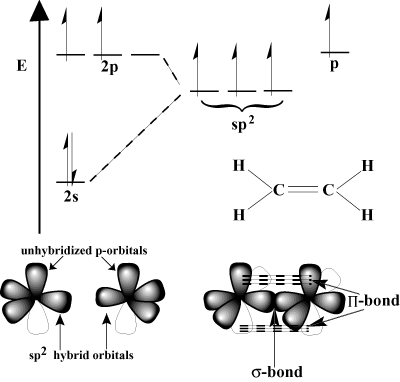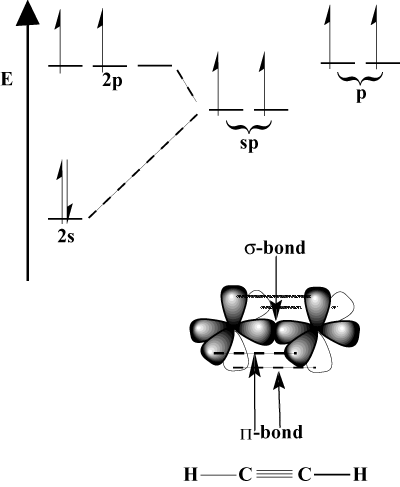Please wait while we process your payment
If you don't see it, please check your spam folder. Sometimes it can end up there.
If you don't see it, please check your spam folder. Sometimes it can end up there.
Please wait while we process your payment

By signing up you agree to our terms and privacy policy.
Don’t have an account? Subscribe now
Create Your Account
Sign up for your FREE 7-day trial
By signing up you agree to our terms and privacy policy.
Already have an account? Log in
Your Email
Choose Your Plan
Individual
Group Discount
Save over 50% with a SparkNotes PLUS Annual Plan!
 payment page
payment page
Purchasing SparkNotes PLUS for a group?
Get Annual Plans at a discount when you buy 2 or more!
Price
$24.99 $18.74 /subscription + tax
Subtotal $37.48 + tax
Save 25% on 2-49 accounts
Save 30% on 50-99 accounts
Want 100 or more? Contact us for a customized plan.
 payment page
payment page
Your Plan
Payment Details
Payment Summary
SparkNotes Plus
You'll be billed after your free trial ends.
7-Day Free Trial
Not Applicable
Renews April 9, 2025 April 2, 2025
Discounts (applied to next billing)
DUE NOW
US $0.00
SNPLUSROCKS20 | 20% Discount
This is not a valid promo code.
Discount Code (one code per order)
SparkNotes PLUS Annual Plan - Group Discount
Qty: 00
SparkNotes Plus subscription is $4.99/month or $24.99/year as selected above. The free trial period is the first 7 days of your subscription. TO CANCEL YOUR SUBSCRIPTION AND AVOID BEING CHARGED, YOU MUST CANCEL BEFORE THE END OF THE FREE TRIAL PERIOD. You may cancel your subscription on your Subscription and Billing page or contact Customer Support at custserv@bn.com. Your subscription will continue automatically once the free trial period is over. Free trial is available to new customers only.
Choose Your Plan
This site is protected by reCAPTCHA and the Google Privacy Policy and Terms of Service apply.
For the next 7 days, you'll have access to awesome PLUS stuff like AP English test prep, No Fear Shakespeare translations and audio, a note-taking tool, personalized dashboard, & much more!
You’ve successfully purchased a group discount. Your group members can use the joining link below to redeem their group membership. You'll also receive an email with the link.
Members will be prompted to log in or create an account to redeem their group membership.
Thanks for creating a SparkNotes account! Continue to start your free trial.
We're sorry, we could not create your account. SparkNotes PLUS is not available in your country. See what countries we’re in.
There was an error creating your account. Please check your payment details and try again.
Please wait while we process your payment

Your PLUS subscription has expired
Please wait while we process your payment
Please wait while we process your payment

Valence Bond Theory
Chemists invoke the concept of hybridization to explain this discrepancy.
Under this concept, to accommodate the geometry of molecules, atomic orbitals
modify themselves to become hybrid orbitals of the suitable geometry. For
instance, to attain a tetrahedral arrangement the carbon undergoes sp3
hybridization: the 2s orbital and three 2p orbitals become four sp3
hybrid orbitals. Note that the total number of orbitals is conserved, but
the orientation and energy of the orbitals have changed.

Single covalent bonds can be explained by the VB model as the result of a head-on overlap between atomic orbitals. In some cases, these may be hybrid orbitals. Such head-on overlap is a sigma bond (σ bond), so-called because of the bond's cylindrical symmetry. Only one σ bond can exist between two given atoms. How, then, are double and triple bonds formed?
The answer lies in the fact that p-orbitals are capable of overlapping sideways in what is called a pi bond (Π bond). Π bonds are weaker than σ bonds because sideways overlap is not as effective as head-on overlap. For example, a C-C σ bond has a typical bond energy of 80 kcal/mol, but the C-C Π bond energy is usually around 60 kcal/mol.
Consider ethylene, which has a C=C double bond. Each carbon has three bonds in the VSEPR scheme, so each carbon has a trigonal planar geometry. To accommodate this geometry each carbon undergoes sp2 hybridization. The 2s orbital and two of the 2p orbitals hybridize to form three sp2 hybrid orbitals. The last p-orbital of each carbon atom remains unhybridized. These unhybridized p-orbitals overlap with one another to form the necessary Π-bond.

Triple bonds are formed in a similar process. In acetylene, the C-C triple bond is actually one σ bond and two Π bonds. Each carbon undergoes sp hybridization. The two unhybridized p-orbitals on each carbon form two orthogonal Π-bonds.

The valence bond model provides a simple and useful framework through which we mayunderstand covalent bonding. However it has several drawbacks. First, when using this model it is difficult to say anything about the energies of electrons. A more serious drawback of the VB model is its assumption that electrons are localized to specific atoms. In fact electrons are commonly delocalized to several atoms, as described by resonance structures. The Molecular Orbital model, while more complex, addresses both of these issues.
Please wait while we process your payment

